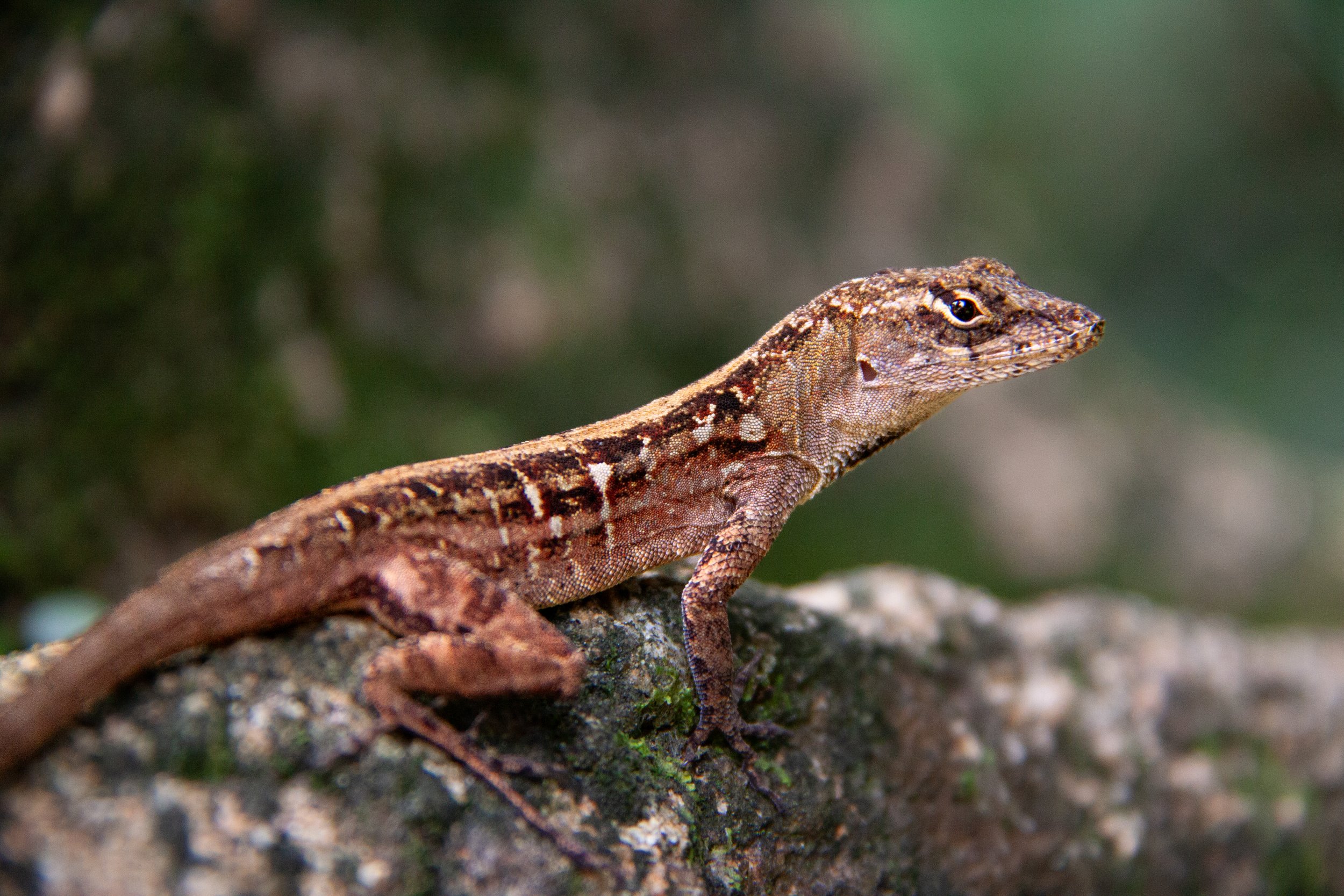Species
A collection of animal species from around the world.
*Sources for information and photos (unless they are by me) can be found at the bottom of each species profile.
Brahminy Blind Snake
The Brahminy blind snake is also known as the 'flowerpot snake' because it often hides in the soil of flowerpots, resulting in its spread throughout most of the world. It looks and acts like a worm — some 13 cm (5 in) long and subterranean — but it's one of the world's smallest snake species.
Galápagos Pink Land Iguana
The Galápagos pink land iguana is found only on the slopes of a single active volcano on one of the Galápagos Islands. Named for its pink scales, this land iguana was described as a distinct species in 2009 and is considered 'critically endangered' — with fewer than 200 left.
Mexican Mole Lizard
The Mexican mole lizard digs intricate tunnels that run below the surface of the soil. To regulate its body temperature, the mole lizard moves to tunnels at different depths — it spends cooler mornings near the surface and as the day heats up, it moves deeper and deeper below ground.
Chinese Softshell Turtle
The Chinese softshell turtle uses its tubelike nostrils to "snorkel" while staying submerged beneath the water. Most turtles urinate through their cloacas, but to avoid losing water, the Chinese softshell can secrete urea from its mouth — essentially peeing via its mouth.
Common Snake-necked Turtle
The common snake-necked turtle has a serpentine neck that can grow to more than half the length of its 28 cm (11 inch) long shell. It uses this neck to snatch prey underwater. When it strikes, it quickly lowers a bottom jawbone, creating a vacuum that sucks the prey into its mouth.
Pancake Tortoise
The pancake tortoise's shell is uniquely flat and flexible. While this lightweight armouring doesn't offer much defence, it does make it the fastest of all tortoise species. When in danger, it will swiftly wedge itself in between rocks.
Brown Anole
A brown anole male can sometimes be spotted doing "push-ups", often with his orange-red dewlap — or "throat fan" — on full display. This performance can either be threatening or seductive, depending on the context, as he will do this to both scare away rivals and attract females.








